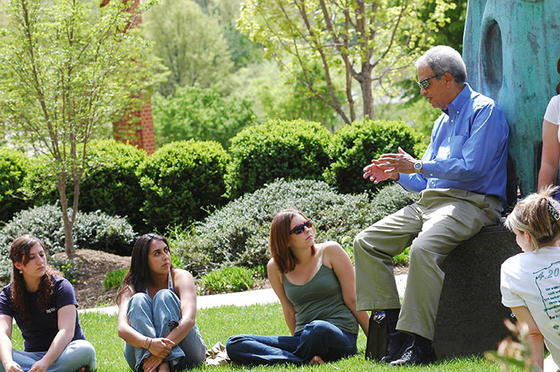
Nicholas Hanson remembers Roger Wilkins’ smile.
Hanson was a freshman at George Mason University in 2002, and his modern literature class with Wilkins, the civil rights champion and Pulitzer Prize-winning journalist at The Washington Post, was, as Hanson said, “one of the great inspirations of my freshman year.”
“He had one of the warmest smiles to let you know that he was on your side,” said Hanson, BA Communication ’06). “Even if he was pushing you for something in class, he had your back. He wanted to see you grow.”
Wilkins, a Robinson Professor from 1986 to 2007, and for whom Wilkins Plaza on Mason’s Fairfax Campus is named, died in 2017 at age 85, but his legacy at the university remains strong.
Especially among those at Mason who knew him best, his students and colleagues.
Jeffrey C. Stewart
Professor, History, 1986-2006
Distinguished Professor, University of California-Santa Barbara, Black Studies
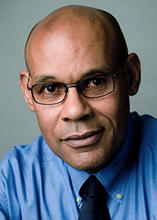
Roger and I were tied at the hip, so to speak, in an important way: We were jointly the first Commonwealth Professors to come to George Mason University in 1986 as part of an initiative in Virginia to integrate the faculties of its state universities. Arriving in the history department that year, we found little time to interact or get to know each other because there was so much of a demand on our time. Roger, of course, was a celebrity, having been a Pulitzer Prize-winning writer at The Washington Post. But both of us found, I believe, that there was so much hunger on campus among all students for Black History, that we were constantly engaged.
Occasionally, though, I remember brief conversations with him. One I remember quite clearly. Roger told me of getting in an elevator with Paul Robeson, the great singer, actor, and human rights activist, as a young man and being amazed at how large a man Robeson was. Roger said that Robeson reached down and shook his hand, and Roger felt as if his hand was swallowed up by Robeson's. I always wondered why he told me that story. My best guess is that Roger, who possessed great conscience, as evidenced in his writings on the civil rights struggle and Jefferson, felt some sadness when he reflected on the well-known smear campaign his uncle, Roy Wilkins, as head of the NAACP, had carried out against Paul in collusion with the FBI. The largeness of Robeson's hand, you see, symbolized the largeness of his spirit, which could not be diminished by smaller minded men.
In that sense, I was always uplifted by the thought that I taught in a department of history that included Roger Wilkins. The quality of his conscience, which he manifested in his teaching, his writings, and his storytelling, represented to me the highest calling of the historian—to mine the past for lessons of how to live more honorably in the future, the theme, actually, of his autobiography, “A Man’s Life.” I miss Roger as I miss the cadre of other travelers on that highway trod by the historians of conscience, for we need them more now than ever.
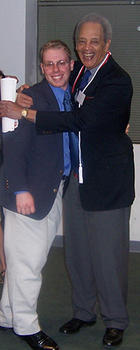
Anthony Budny
BA Communication ’07
Television producer, Voice of America
Going into college, I was an aspiring journalist, and Roger Wilkins was largely part of the reason I chose Mason in the first place. As time went on, I took two classes with him and regularly attended his office hours, and we basically developed a friendship. He was a very no-nonsense type of person. He was willing to talk to you about anything, but he wasn’t going to hold back anything from you. Just having a person like him on campus, who had his life and career experiences, it meant a lot to me personally to be able to talk to him about anything on my mind. So his importance to me was certainly multifaceted.
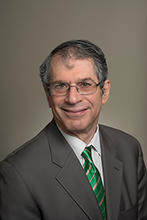
Jack Censer
Professor Emeritus of History
The students adored the man. He had a vigorous stride. He had a gigantic public reputation. But he didn’t just come to Mason to vegetate. He came to teach. He came to be with students. He threw himself into it. He taught with his experience, from his environment and his own history. He was great in the classroom, very charismatic. Eloquent words flew out of him. Roger just took it to the next level. He’d have a slew of White and Black kids wanting to learn from his experience. He was a guru. You’d see him leave his office with students walking along with him.
Dina Copelman
Associate Professor Emerita, History and Cultural Studies
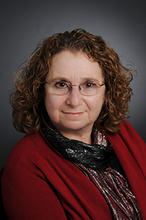
He was very welcoming. Nobody was unimportant. He was interested in everyone. He had great stories that combined history and politics and social life and seriousness and humor. So he could step outside being this public person, but he also connected us to the outside.
The [Robinson Professors'] mission was to make George Mason more visible to the outside world and to teach undergraduates, but he also made the faculty feel part of a more vital national, world discussion. We couldn’t have his reach, but we could keep that as something academics could be and aspire to. It was a very impressive and inspiring model.
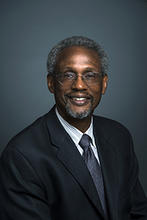
Spencer Crew
Robinson Professor of American, African American, and Public History
He was a person who cared about his students, who cared about teaching and cared about revealing to them the challenges that life has to offer, but offering them ways of how to navigate that and do it safely. I love that the Roger Wilkins Lectures series brings in people who offer challenging and thoughtful perspectives to the students, and I think that is what he stood for—causing students to think deeply and richly about the world in which they live, and also what they can offer to the world. Not just to go through school and get your grades, but how to use this time to have an impact and to think about how your life can have an impact over the long haul.
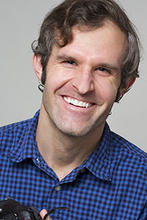
Nicholas Hanson
BA Communication ’06
Creative Manager, ECS
Professor Wilkins was one of the great inspirations of my freshman year. The course he was teaching at the time focused on modern literature across cultures. He taught me to think critically about interpersonal communication, and he opened my eyes to the bridges that can be built between groups with different life experiences and different values. What I learned from him has paid dividends time and time again in my career as a multimedia and communications professional. I’ll always remember Roger’s smile and warm personality. He would challenge me in class, but I always felt he had my back. He wanted to see me grow.
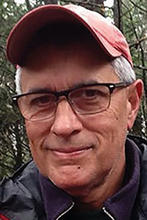
Mills Kelly
Director, Mason’s Roy Rosenzweig Center for History and New Media
Professor, History
Many years ago, at a meeting of a community group I belonged to, one of the board members made an extremely racist statement in front of others during a break in our meeting. I was too shocked to say anything at the time, then felt guilty that I hadn’t. I was unsure how to proceed, then it occurred to me that I worked with Roger Wilkins, so I asked permission to bend his ear. The advice Roger gave me that day was exactly perfect. I was able to respond appropriately to the person who had said that horrible thing, even while defusing the situation. I’ve never forgotten that.
Peter Stearns
University Professor
Provost Emeritus
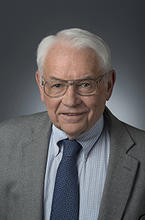
He was, obviously, a tremendously popular teacher, smart and generous with his time and insights. Students flocked to him. At one point a decision was made to split what was then the College of Arts and Science, mainly because people wanted a more specialized College of Science. That left the question of what to do with the humanities and social sciences. Roger played a huge role in providing leadership and mobilizing enthusiasm for what became the College of Humanities and Social Sciences. It was just a tremendous leadership effort. It showed wisdom and very successful collegial interactions. It was simply a pleasure to watch him help turn this around.
